Environmental education is often associated with environmental learning and pro-environmental behaviors. Some approaches to environmental education, however, also enable young people’s personal growth through the development of confidence, self-efficacy, and other assets that support an individual’s well-being. This chapter explores the intersection of urban environmental education and positive youth development. It can inform teachers, environmental educators, science educators, youth workers, and others who want to advance environmental learning and a positive developmental trajectory for young people in varied educational settings, such as school classrooms, after-school programs, community organizations, youth development organizations, churches, camps, nature centers, science centers, museums, and gardens.
We begin by defining positive youth development and applying it to environmental education. We then describe three programs from the U.S. and Australia to illustrate different pedagogies for integrating positive youth development in environmental education aimed at urban sustainability. By “youth,” we refer to the transitional period between childhood and adulthood, which varies across cultures. The United Nations defines youth as individuals age 15-24; however, others include children younger than 15 or young adults older than 24 in their definitions. The programs we describe also included some children younger than 15.
Positive youth development in environmental education
Settings that promote positive youth development in the U.S. have been found to share similar characteristics (Eccles and Gootman, 2002):
- Physical and psychological safety (e.g., safe facilities, safe peer interactions);
- Appropriate structure (e.g., clear and consistent expectations);
- Supportive relationships (e.g., good communication);
- Opportunities to belong (e.g., meaningful inclusion);
- Positive social norms (e.g., rules of behavior, values and morals);
- Support for efficacy and mattering (e.g., responsibility granting, meaningful challenge);
- Opportunities for skill building; and
- Integration of family, school, and community efforts.
The more of these features within an urban environmental education program, the more likely that positive youth development outcomes will result. However, all features need not be present and some might require adaptation to be culturally relevant in other countries.
Youths’ physical and psychosocial development is also influenced by the quality of the urban environment, such as environmental toxins, noise, indoor air quality, and access to green space (Evans, 2006). Urban environmental education can enable young people to play a role in ameliorating environmental conditions that negatively impact well-being. Around the globe, youth have demonstrated their capacity to assess and act to improve environmental conditions in cities (Hart, 1997, Chawla, 2002). When youth have genuine opportunity to address environmental concerns, they can develop valuable personal assets and also increase their own and others’ well-being by enhancing urban environments (Figure 1). In short, urban environmental education can promote positive youth development and youth, in turn, can positively contribute to urban sustainability and resilience.
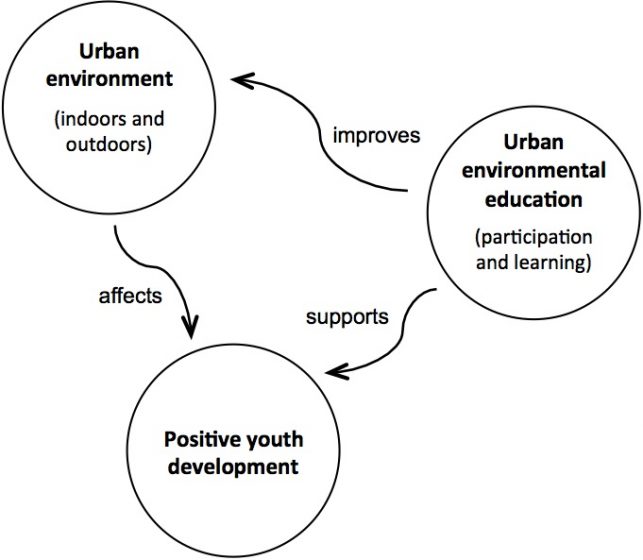
Studies suggest that when youth participate in programs where they act positively for the environment, they themselves grow positively in various ways (Schusler and Krasny, 2010). For example, Hawaiian students working together to select, investigate, and act on a local environmental issue improved their critical thinking; reading, writing, and oral communication skills; familiarity with technology; self-confidence; and citizenship competence (Volk and Cheak, 2003). A food justice education program in New York City proved a valuable developmental experience for youth because it offered somewhere to belong, be pushed toward developing one’s potential, grapple with complexity, practice leadership, and become oneself (Delia, 2014). The evaluators of two environmental service-learning programs in East Africa, Roots & Shoots and Wildlife Clubs of Uganda, found that youth in both programs most valued forming relationships with club members, leaders, and community members as an outcome of environmental education (Johnson-Pynn and Johnson, 2010).
While more research is needed into the opportunities and barriers of integrating positive youth development with urban environmental education, the two can be synergistic when programs are intentionally designed with both in mind. To illustrate the synergy that arises between urban environmental education and positive youth development when youth are offered genuine opportunity to effect environmental change, we describe three programs below. The first involves young people in participatory action research through a child-framed approach. The second develops young people’s leadership capacities as peer educators. And the third facilitates youth civic engagement through local environmental action. In each urban environmental education example, young people were given the opportunity to understand and effect change in urban environments and, as a result, also developed assets promoting their own well-being (Figure 1).
Youth as co-researchers
Children and young people are experts on their own lives, yet research involving children is often conceived of and led by adults. Barratt Hacking, Cutter-Mackenzie and Barratt (2013) call for including children as researchers rather than objects of investigation. To that end, the project “Is ‘Nature’ Diminishing in Childhood? Implications for Children’s Lives” engaged young people in Australia in research about childhood and nature from their own perspectives. The project used a child-framed methodology incorporating qualitative and quantitative research in five distinct stages. It involved 10 children ages 9-14 as co-researchers in each of two sites, one urban and the other an urban fringe suburb.
Stage 1 involved training sessions where the children and youth learned about qualitative research, specifically ethnography (participant observation, semi-structured interviews) and arts-based methods (photography, video, mapping), which enabled the children to study themselves and local culture (Cutter-Mackenzie, Edwards and Widdop Quinton, 2015). One child’s description of this experience was typical: “I am excited about being able to voice my opinion…There are lots of young people who are passionate to be heard, but this is the only project I have heard of or taken part in that allows them to do so.” Such opportunity to be heard may contribute to positive developmental assets, such as self-efficacy and a sense of social integration.
In Stage 2, children and youth conducted research over two months examining nature-deficit disorder within their own cultural settings. The children received a device with Wi-Fi and GPS for mapping everyday experiences, appropriate research protocols, and a secure dropbox for uploading data. The latter encouraged children and youth not only to take responsibility for their data but also begin preliminary analysis (Barratt Hacking et al., 2013). Stage 3 involved children analyzing their data during research think tanks completed over one intensive session. Participants presented, discussed, mapped, and analyzed their findings. Focus group interviews with the children co-researchers and their parents or guardians also served to triangulate the research findings.
Stage 4 incorporated an online survey that the children co-researchers co-developed with researcher Cutter-Mackenzie. Finally, Stage 5 centered on disseminating the young people’s research to academics, practitioners, and other children. The young people prepared ways to communicate their findings including a documentary and photomontage (Figure 2).
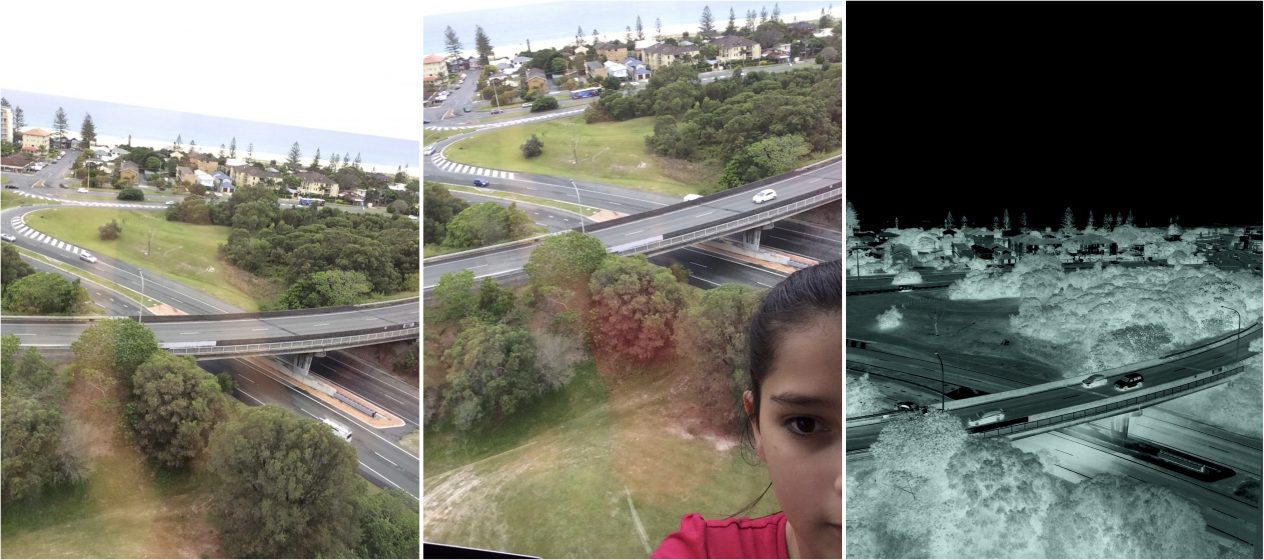
Together the stages of this child-framed methodology highlight how youth can genuinely engage as research collaborators. Through such experiences, children may develop positive developmental assets, such as self-efficacy, connectedness, and research, critical thinking, and communication skills. The results of children’s research also may enhance understanding of children’s experiences of nature in ways that can inform design and management of urban environments (Figure 1).
Youth as peer leaders
Peer education involves people with similar characteristics or experiences learning from each other. Used successfully in the health field, it also can be effective in other arenas, including environmental issues (de Vreede, Warner and Pitter, 2014). Evidence suggests that educating teens to facilitate learning experiences for younger youth can have positive developmental impacts for both younger program recipients and “teens as teachers” (Lee and Murdock, 2001). This strategy provides teens with ownership over the direction of program activities, leading to investment in the outcome of their work (Larson, Walker and Pearce, 2005).
A peer education or “teens as teachers” strategy was piloted in a 4-H environmental education initiative in New York City during the summer of 2015. 4-H is the youth development component of the Cooperative Extension System at many US public universities. Twenty New York City 4-H teens attended the 4-H Career Exploration Conference at Cornell University, where they participated in science and leadership mini-courses led by faculty and staff. During the closing assembly, New York City 4-Hers engaged over 400 peers and adult volunteers in creating “Pollinator Seed Bombs” as part of the National Pollinator Initiative, a US presidential directive to conserve pollinators and thus protect the nation’s food supply. Seed bombs are compressed bundles of clay, compost, and/or soil containing seeds that can be tossed into a bare patch of land to grow new plant life (kidsgardening.org). The 4-H teens and adult volunteers pledged to share their new knowledge and seed bombs with friends and 4-H clubs in their respective communities. One New York City 4-H Peer Educator reflected, “I could see action being taken to improve the world and I was proud to have been a part of it!” This illustrates how participating as an environmental peer educator contributed to this teen leader’s self-efficacy and feelings of mattering, which are positive developmental assets.
When they returned home, the New York City 4-H teens also served as “teen teachers” for the 4-H Exploring Your Urban Environment summer day camp program (Figure 3). The teens were trained to implement a 5-week program with younger youth in eight community agencies in New York City. The teen leaders connected 392 youth to their communities through service-learning opportunities that promoted environmental stewardship and community beautification. In a survey assessing program impacts, all 35 teen teachers agreed or strongly agreed with the statement: “I can make a difference in my community through community service;” commitment to community service is a social asset for positive youth development. Teens’ psychological assets were also enhanced as reflected by their agreement or strong agreement with the statement, “I am more confident in helping others.” These results align with our conceptual framework (Figure 1), highlighting the positive impact that connecting youth to their environment in meaningful ways can have for the youth as well as their environment and communities.
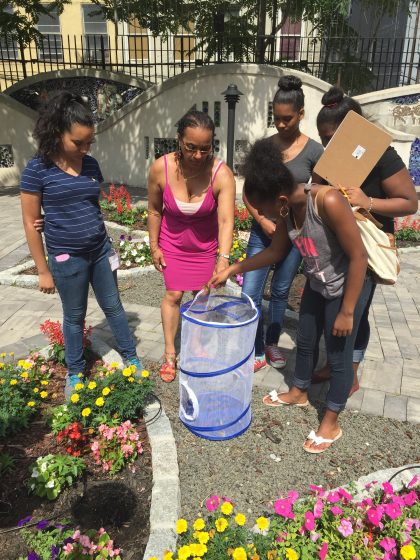
Youth as civic actors
Youth civic engagement refers to young people developing their civic capacities by actively collaborating with others to shape society. One form of youth civic engagement is environmental action, whereby learners collectively analyze a problem and act to solve it. Environmental action can involve directly improving the environment, such as planting native vegetation to restore habitat in a city park, or can indirectly influence others to act through education or policy advocacy. Critical to environmental action is shared decision-making; participants collaborate in defining a problem and then envision and enact solutions (Jensen and Schnack, 1997; Hart, 1997). Adults can experience tensions in sharing decision-making power; navigating these tensions is essential to ensuring genuine opportunity for youths’ participation and positive development (Schusler, Krasny and Decker, 2016).
A youth development specialist and an environmental educator collaborated in an after-school program to facilitate a project in which seven middle school students produced a documentary about “Green Homes” in the City of Ithaca and surrounding towns in upstate New York. The adult leaders chose the project focus, i.e., producing a video about green building, and invited youth to participate. Youth then made decisions with educators’ guidance throughout all facets of video production over seven months, from planning to filming, editing, and debuting to area residents their 18-minute documentary. The role of the adult leader and youth participants in decision-making in this project reflects results of a study on youth environmental action programs, in which educators spoke about striking a balance between providing needed guidance as well as opportunities for youth to assume decision-making and leadership (Schusler et al., 2016).
The students’ video featured three local homes demonstrating building with natural materials, recycled materials, and renewable energy. It also included a “green home” for dogs and cats at the Tompkins County Society for the Prevention of Cruelty to Animals. The “pet home” highlighted the use of recycled materials, natural lighting, a geo-exchange heating and cooling system, and native landscaping.
Youth reported gaining knowledge about green building and being motivated to do more. As one youth said, “it’s really inspired me to look more at our environment and what I can do to help.” They also spoke of developing skills in video production, problem-solving, communication, teamwork, interacting with adults, persisting to complete a long-term project, and being patient. They valued the opportunity to contribute to their community. As one reflected, “This is going to have an impact on how people build their homes. People that see [the video], at least they’re going to do some of the minor things talked about. And maybe when they see that kids have done something like this, people will give the kids much more respect in the community.” This form of indirect environmental action—youth acted to try to influence residents to make environmentally friendly choices—demonstrates one way that young people develop assets while educating others towards increased urban sustainability (Figure 1).
Conclusion
Participatory action research, peer education, and youth civic engagement are three approaches that have been used in urban environmental education to advance sustainability and foster positive youth development. These three approaches are not mutually exclusive; for example, youth environmental action often involves young people as researchers to understand a situation before proceeding in collective action to change it for the better, and thus integrates participatory action research and civic engagement. All three approaches value young people’s capabilities, build upon their strengths, and offer opportunity for genuine, meaningful participation with the potential for impact on the environment and their communities. They also require adult leaders who provide a caring environment, as well as appropriate levels of guidance, expectations, and freedom for youth to take on leadership and other responsibilities. Through such experiences, young people can contribute to creating more sustainable and resilient cities while developing valuable physical, intellectual, psychological, and social assets that enhance personal well-being.
Tania Schusler, Jacqueline Davis-Manigaulte, and Amy Cutter-Mackenzie
Chicago, New York City, and Gold Coast, Australia
* * * * *
This essay will appear as a chapter in Urban Environmental Education Review, edited by Alex Russ and Marianne Krasny, to be published by Cornell University Press in 2017. To see more pre-release chapters from the book, click here.
References
Barratt Hacking, E., Cutter-Mackenzie, A. and Barrratt, R. (2013). Children as active researchers: The potential of environmental education research involving children. In Stevenson, R.B., Brody, M., Dillon, J. and Wals, A.E.J. (Eds.), International handbook of research on environmental education (pp. 438-458). New York: Routledge/AERA.
Chawla, L. (Ed.) (2002). Growing up in an urbanizing world. Paris: UNESCO Publishing.
Cutter-Mackenzie, A., Edwards, S. and Widdop Quinton, H. (2015). Child-framed video research methodologies: Issues, possibilities and challenges for researching with children. Children’s Geographies, 13(3), 343-356.
Delia, J.E. (2014). Cultivating a culture of authentic care in urban environmental education: Narratives from youth interns at East New York Farms! (Masters thesis). Ithaca, New York: Cornell University.
de Vreede, C., Warner, A. and Pitter, R. (2014). Facilitating youth to take sustainability actions: The potential of peer education. Journal of Environmental Education, 45(1), 37-56.
Eccles, J. and Gootman, J.A. (Eds.). (2002). Community programs to promote youth development. Washington, DC: National Academy Press.
Evans, G.W. (2006). Child development and the physical environment. Annual Review of Psychology, 57, 423–451.
Hart, R.A. (1997). Children’s participation: The theory and practice of involving young citizens in community development and environmental care. London: Earthscan.
Jensen, B.B. and Schnack, K. (1997). The action competence approach in environmental education. Environmental Education Research, 3(2), 163-178.
Johnson-Pynn, J.S. and Johnson, L.R. (2010). Exploring environmental education for East African youth: Do program contexts matter? Children, Youth and Environments, 20(1), 123-151.
Larson, R., Walker, K., and Pearce, N. (2005). A comparison of youth-driven and adult-driven youth programs: Balancing inputs from youth and adults. Journal of Community Psychology, 33(1), 57-74.
Lee, F.C.H. and Murdock, S. (2001). Teen as teachers programs: Ten essential elements. Journal of Extension, 39(1).
Schusler, T.M. and Krasny, M.E. (2010). Environmental action as context for youth development. Journal of Environmental Education, 41(4), 208-223.
Schusler, T.M., Krasny, M.E., and Decker, D.J. (2016). The autonomy-authority duality of shared decision-making in youth environmental action. Environmental Education Research.
Volk, T.L. and Cheak, M.J. (2003). The effects of an environmental education program on students, parents, and community. Journal of Environmental Education, 34(4), 12-25
About the Writer:
Jacqueline Davis-Manigaulte
Jackie Davis-Manigaulte is a Senior Extension Associate, Family Program Leader for Family and Youth Development and Director of Community Relations with Cornell University Cooperative Extension in New York City.
About the Writer:
Amy Cutter-Mackenzie
Professor Amy Cutter-Mackenzie is the Deputy Head of School Research, as well as the Research Leader of the SCU ‘Sustainability, Environment and Education’ (SEE) Research Cluster at Southern Cross University.
About the Writer:
Tania Schusler
Tania is a lecturer and solutions to environmental problems coordinator at Loyola University Chicago. Throughout her career, she has worked at the interface of people and environment.

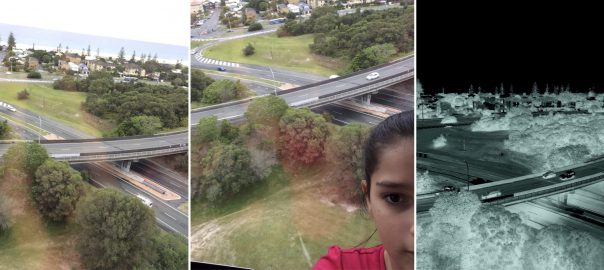


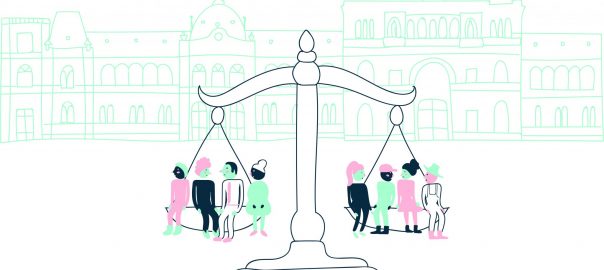
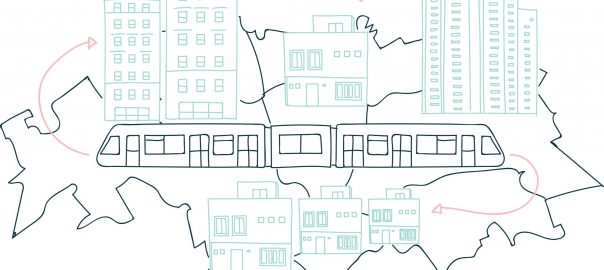
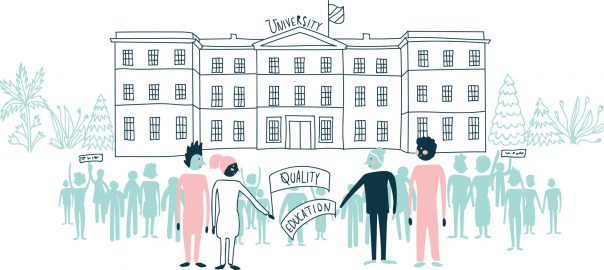
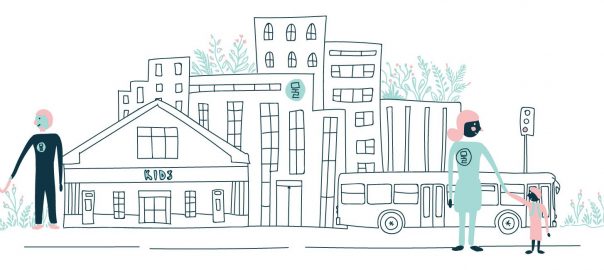

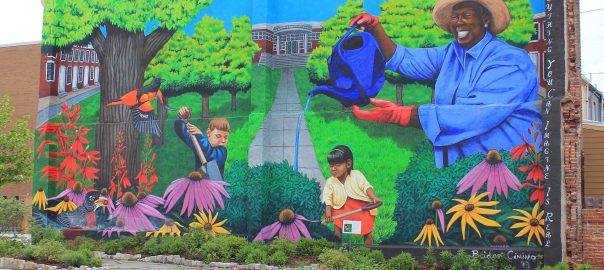
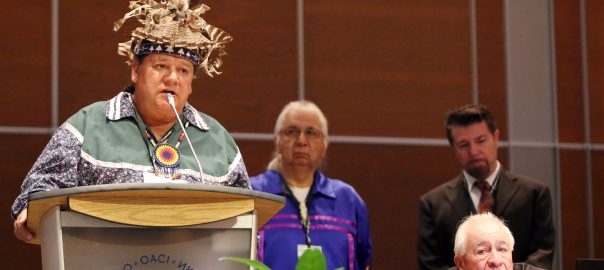
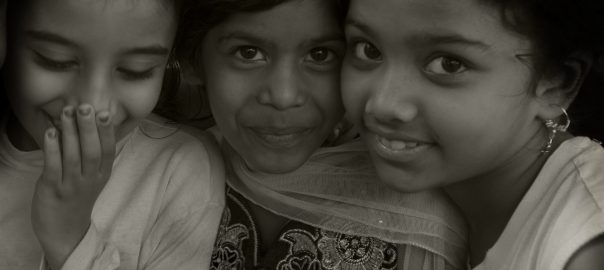
This is something I have been working on in the UK for a few years now. We focus on the “softer” outcomes of youth engagement with a strong foundation in Youth Work and it’s values and principles, incorporating broader youth work issues into environmental work, i.e. opening dialogues with young people about risky behaviours, knife crime and anti-social behaviour as well as encouraging positive personal and social development. I also incorporate a huge amount of positive mental health into the work that I do. I would be really interested in seeing how we can tie this into a global context
In Australia urban parks have started to post notices banning the feeding of ducks and other birds. I have noticed fewer children there recently and my own grandchildren have become less interested in going to parks. I suspect an important part of fostering empathy with nature is being reduced. If bread is bad for wild birds, as claimed, why not provide seed dispensers. If bird droppings damage window ledges in heritage buildings, why not install spikes on them.